[ad_1]
Sad news, but not entirely unexpected. Friedrich (Fritz) Eisenhofer has passed away, at the splendid ripe old age of 96. NZIA has sent out a small note of his funeral, but to be honest he deserves a bloody great big obituary – and probably a book as well – and I’m probably not the person to do this. Many of you will have known him better than me – I only met him once or twice.
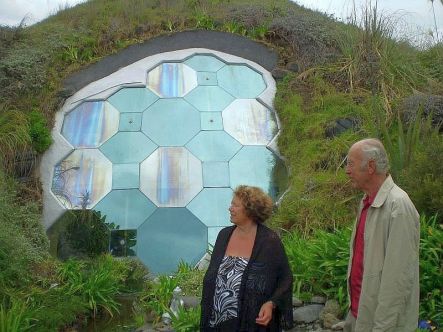
NZIA says:
“A memorial service to celebrate the exceptional life of Friedrich (Fritz) Eisenhofer will be held on Wednesday August 16 at 11am, Cedarwood, Parata Street, Waikanae. The modernist architect was 96 years old when passed away at the idiosyncratic, sustainable home in the sand dunes of Peka Peka that he created with his wife Helen.”
“Fritz, a Fellow of Te Kāhui Whaihanga, trained at the Kunstakademie in Vienna, and came to New Zealand Aotearoa via Australia in the 1950s. He worked in the Housing Division of the Ministry of Works before establishing his own architecture practice in Te Whanganui-a-Tara Wellington.”
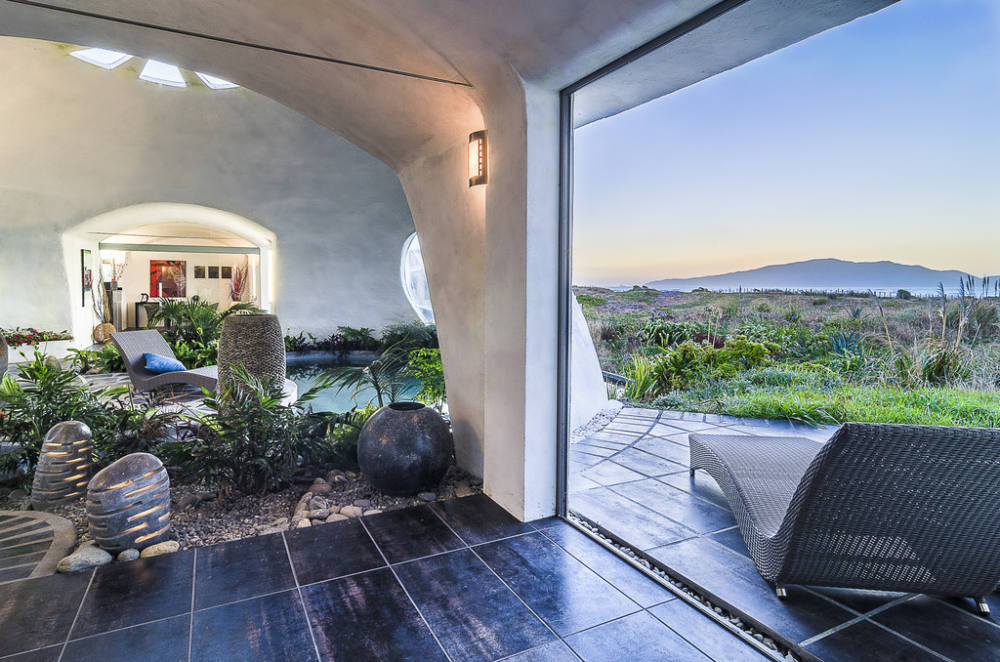
There is of course so much more to say than that. Eisenhofer was one of those rare architects that Wellington people refer to by name – single name of course – and one of the last of the true Modernists. They literally don’t make them like that any more. Incidentally, as far as I can tell, the name Eisenhofer means something cold and hard and made of Iron, made of Hope. Wikipedia notes that he was born in Austria in 1926 in a small town called Spittal an der Drau (a name which curiously translates as Outside at the Hospital). Like most good Austrians he studied at the Kunstakademie in Vienna, and then he decided to emigrate to New Zealand after the Second World War, arriving in 1953 when he was just 27.
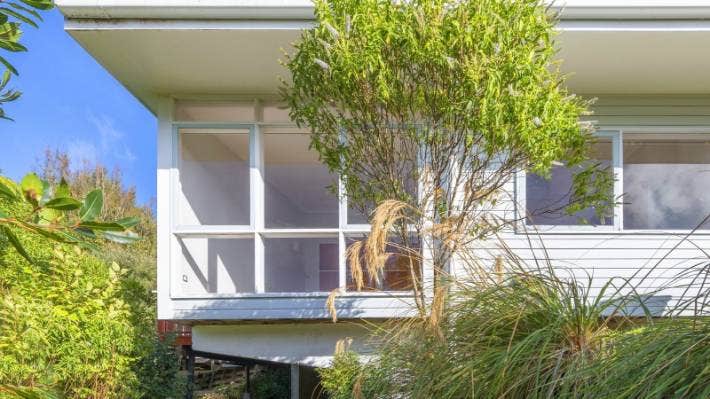
Fritz started off working in NZ with the Austrian tradesmen who were building the first 500 state houses at Titahi Bay, which is one of the great precursors to the pre-fab housing boom that is ongoing now. After that he began working at the Department of Housing, and later in the 1950s he teamed up with another Austrian, Erwin Winkler, in an office sandwiched between the CubaCade (now the Left Bank) and the Matterhorn Swiss icecream cafe. Well, of course !!

Although the more official accounts may not mention this, Fritz was a bit of a looker – stunning good looks and his sexy Austrian accent saw him marry his gorgeous wife Helen, who was the winner of Miss Wellington or some such swimsuit competition. They were a good looking party couple, staying together till the end. I suspect he probably looked good in a pair of Speedos as well – they were both sun-loving naturists. I think I saw him when he was about 91 and he was still a beautiful man, bronzed, bald, but in good health, still with a good Arnie Schwarzenegger accent, even after all these years. Incredibly he stayed home until he passed away.
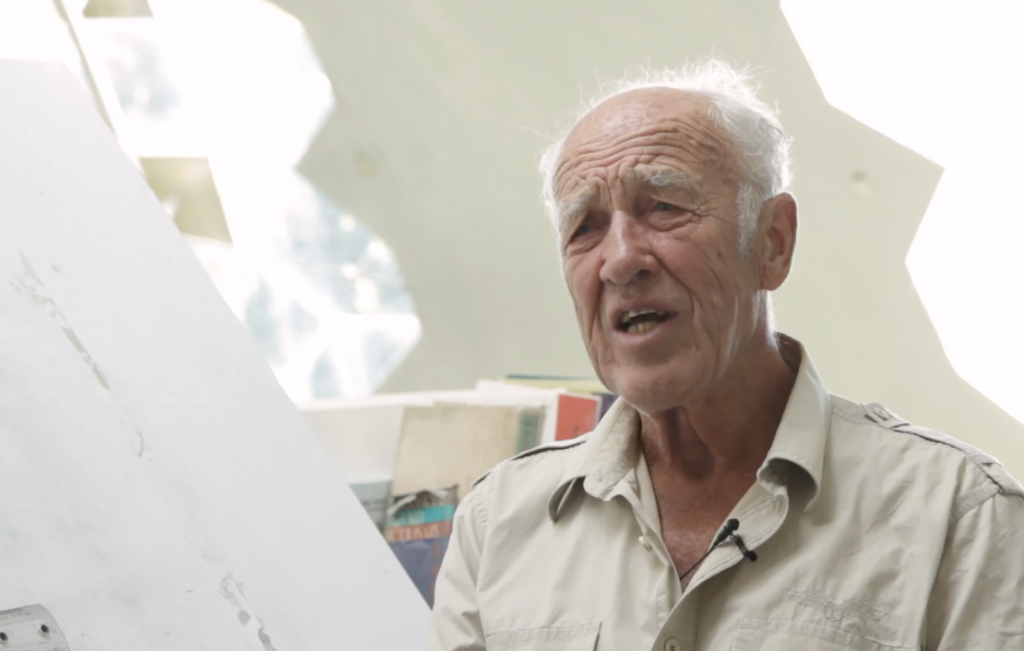
Eisenhofer was a staunch Modernist, and his houses show that. Well, at least some of them do. He designed the famous Coffee Bar for Suzy – which really started off the whole crazy coffee culture for NZ and especially for Wellington.
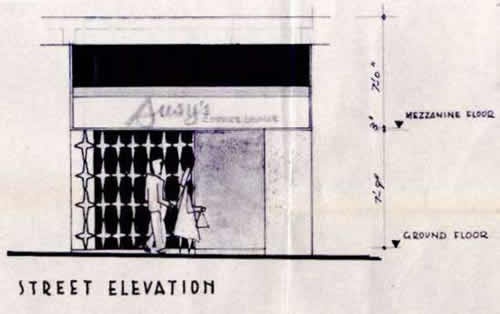
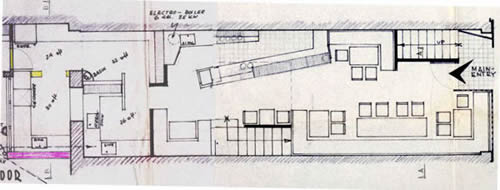

Please write in and tell me if you have more info to hand – it was all long before my time here. Eisenhofer houses are special, even today.
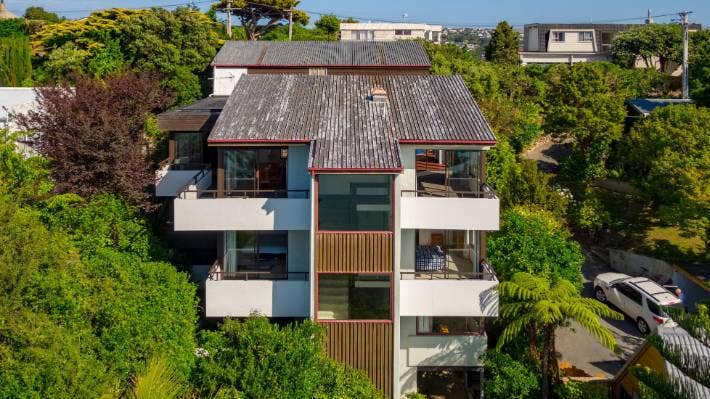
I’ve got to find Julia Gatley’s book on Wellington architects – and probably Geoff Mew’s book as well.
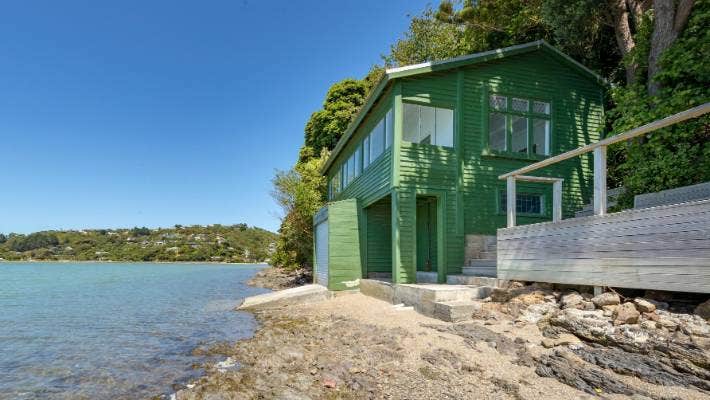
It is likely that he will be forever known best by the house he designed for himself and his wife – a dome house set into the sand dunes up at Pekapeka. As architects are want to do, he designed himself something a little special, that he probably could not persuade a client to do. Although, so saying, he designed the house next door as well, which while not a complete dome, was also a sculptural wonder.
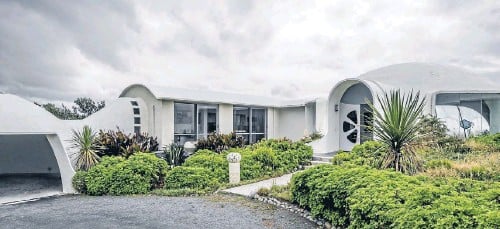
I’m searching for my photos of his house and the neighbour’s house – they were special. Think Batman’s secret lair, but a version for when he had retired on a sunny coastline. White, not black, but just as cool.

Amazingly the shell itself was a very thin skin of concrete – according to the film, only 35-50mm thick. Well insulated, and facing towards the sun, it is probably one of the reasons he lived so long – no chilly winter breezes in here.
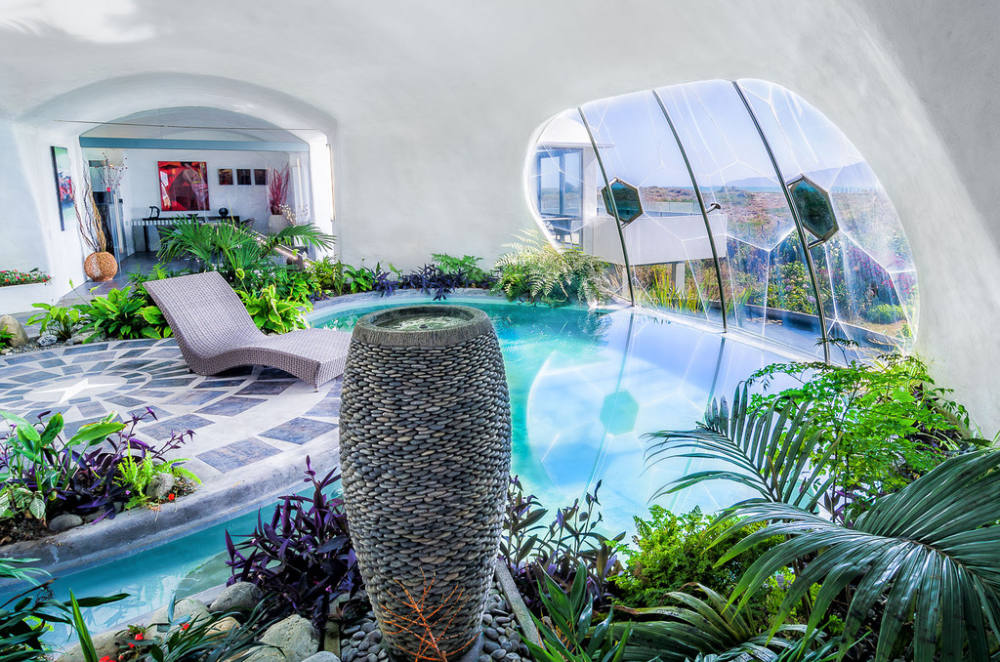
There was an indoor pool, and an outdoor pool, and native plants in both – and forgive me that I did not go for a dip when I was there – but I think that you could swim from inside to outside. The plan was a series of bubbles, as the whole thing was a collection of domes, and glazing was – of course – a series of hexagonal panes.
Rest in Peace, Fritz. There is not going to be another like you.
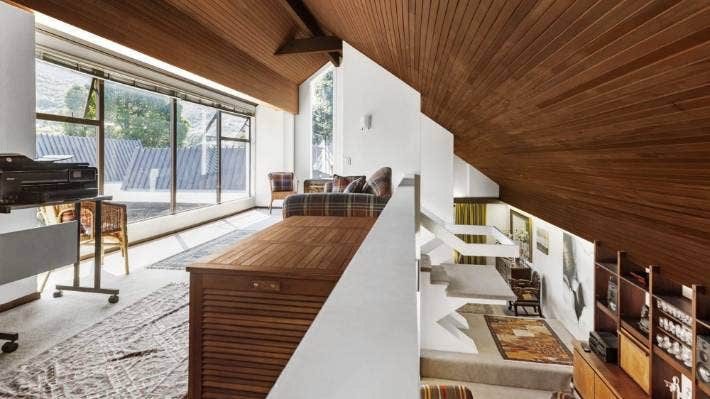
[ad_2]
Source link